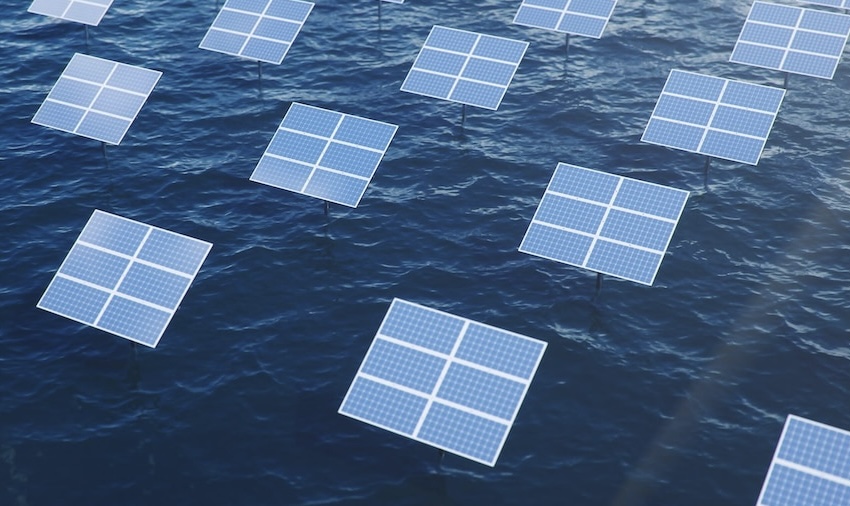Kenya will soon have a 42.5MW floating solar plant in the Seven Forks area. This project, set among a cascade of hydropower plants, aims to enhance the country’s renewable energy capacity.
Kenya Electricity Generating Company (KenGen) confirmed that the plant’s construction will take at least 28 months. Once completed, it will complement hydroelectric generation by producing solar power during the day and saving water for nighttime electricity.
“The additional capacity will not only scale up renewable energy but also cushion Kenyans against the rising cost of power,” said KenGen. This initiative is part of Kenya’s broader strategy to mitigate the impact of drought on hydroelectric power production.
Kenya has been exploring floating solar plants for several years. In 2020, KenGen partnered with Norway’s Multiconsult to study the feasibility of installing floating solar panels on three major dam reservoirs—Kamburu, Kiambere, and Turkwell.
The project at Seven Forks will be implemented with the French Development Agency (AFD). This marks KenGen’s first venture into floating solar energy, aiming to deliver more renewable power to the national grid.
“France is keen on partnering with Kenya in deploying renewable energy to combat climate change,” said AFD Country Director Bertrand Willocquet. He praised Kenya’s leadership in renewable energy, citing the Olkaria Geothermal Field and the Seven Forks area.
Principal Secretary for Energy Alex Wachira welcomed the project, describing it as a significant win for Kenya. “The project will provide affordable, reliable, clean energy, create employment opportunities, and enhance community engagement through Corporate Social Responsibility,” he said.
KenGen Managing Director and CEO Peter Njenga emphasized the project’s importance in scaling up renewable energy capacity. “We are committed to achieving Kenya’s goal of increasing renewable energy to 100% by 2030. This 42.5MW solar project will add more green energy to the national grid within 28 months,” said Njenga.
The floating solar plant will operate alongside KenGen’s hydropower plants, maximizing solar energy during sunny days and conserving water for hydroelectric generation at night. This strategy is crucial during the dry season when water levels are low.
Kenya is actively increasing its renewable energy capacity. Besides hydropower, geothermal energy is a major focus. Geothermal experts recently met in Nairobi to discuss accelerating geothermal development in Africa. Kenya generates about 985MW of geothermal power, with a potential of 10,000MW.
Wachira noted that investors are interested in setting up data centers and manufacturing plants in Kenya to leverage the competitively priced geothermal power. Joseph Mwangi, project manager of the African Union’s Geothermal Risk Mitigation Facility for Eastern Africa, highlighted geothermal energy’s role in facilitating the transition to e-mobility.
The meeting also revealed that Malawi is in talks with investors to establish a 10MW geothermal power plant in the medium term. Tanzania plans to operationalize its first geothermal power plant by the end of 2027.
Kenya’s focus on renewable energy projects reflects a commitment to sustainable development. The Seven Forks floating solar plant is a significant step towards a greener future.
Source: ESI Africa



